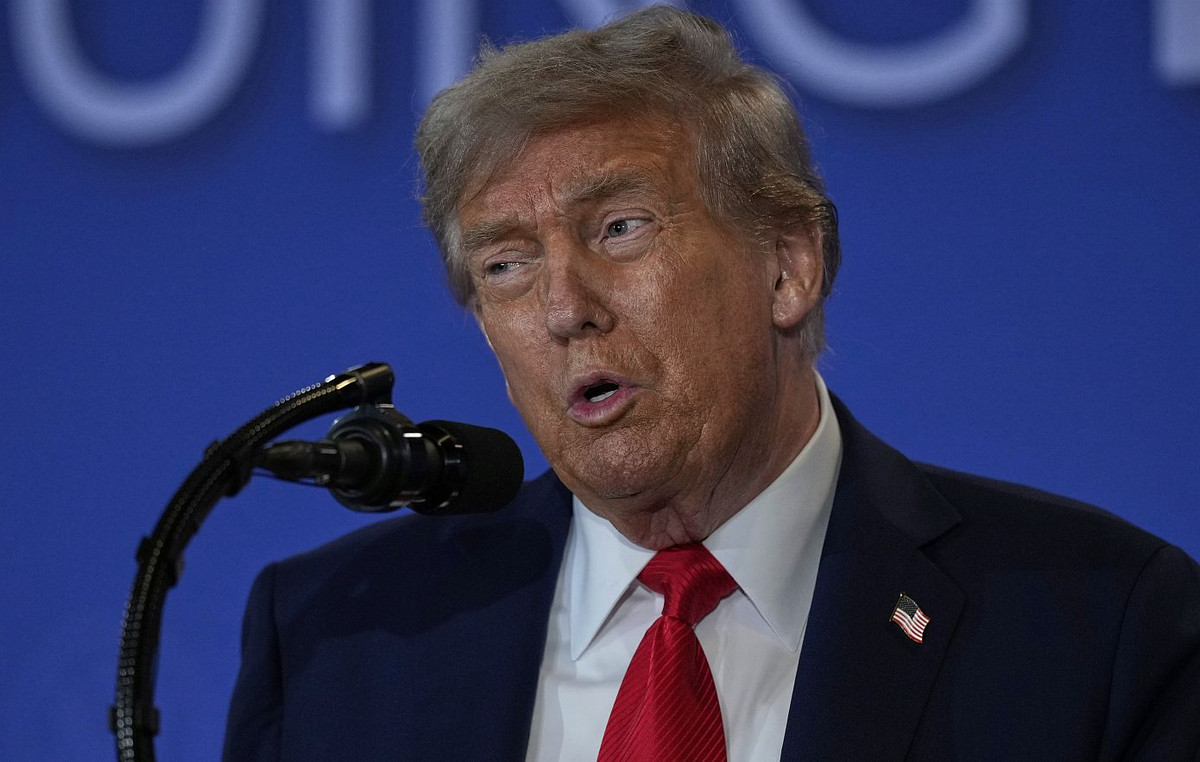- The Indian Rupee weakens in the Asian session on Tuesday.
- Significant outflows by foreign institutional investors (FIIs) and rising US bond yields weaken the INR.
- RBI intervention in the forex market could help limit INR losses.
The Indian Rupee (INR) weakens on Tuesday, pressured by sustained foreign capital outflows from domestic stocks and rising US bond yields due to rising odds of Donald Trump winning the US presidential election However, falling crude oil prices could provide some support to the local currency. Significant INR depreciation could be limited as the Reserve Bank of India (RBI) is likely to sell USD through public sector banks to support the local currency.
Traders will closely monitor key US economic data due this week, including the advanced third quarter (Q3) annualized Gross Domestic Product (GDP), the US Personal Consumption Expenditure (PCE) Price Index September and the highly anticipated US Non-Farm Payrolls (NFP).
Daily Market Summary: Indian Rupee Remains Weak Amid Multiple Headwinds
- “In the immediate run-up to and post-US elections, the RBI’s focus will be to curb rupee volatility,” said A Prasanna, head of research at ICICI Securities Primary Dealership.
- Foreign investors have withdrawn $10 billion from India’s equity and debt markets in October, the biggest selling month this year.
- Nomura said on Monday that the Indian economy has entered a phase of “cyclical slowdown in growth” and that the RBI’s estimate of 7.2% GDP expansion is “overly optimistic.”
- The Indian economy is projected to expand between 6.5% and 7.0% in the current fiscal year, according to the Department of Economic Affairs’ monthly bulletin.
- According to the CME’s FedWatch tool, traders have priced in a nearly 96.8% chance of a usual-sized rate cut of 25 basis points (bps) in November and expect a similar move at the December meeting.
Technical Analysis: Constructive USD/INR outlook prevails in the long term
The Indian Rupee is trading weaker on the day. Technically, the USD/INR pair is maintaining the bullish vibe above the 100-day EMA on the daily chart. The bullish momentum is supported by the 14-day Relative Strength Index (RSI), which is above the midline near 60.15, indicating that the support is likely to hold rather than break.
Bullish candles and sustained trading above the upper boundary of the uptrend channel at 84.22 could take USD/INR to 84.50, en route towards the psychological level of 85.00.
To the downside, consistent trading below the lower boundary of the trend channel near 84.05 could see a drop to 83.76, the 100-day EMA.
Indian Rupee FAQs
The Indian Rupee (INR) is one of the currencies most sensitive to external factors. The price of crude oil (the country relies heavily on imported oil), the value of the US Dollar (most trade is done in US dollars), and the level of foreign investment are all influential factors. The Reserve Bank of India’s (RBI) direct intervention in the foreign exchange markets to keep the exchange rate stable as well as the level of interest rates set by the RBI are other important factors influencing the Rupee. .
The Reserve Bank of India (RBI) actively intervenes in foreign exchange markets to maintain a stable exchange rate and help facilitate trade. Furthermore, the RBI tries to keep the inflation rate at its target of 4% by adjusting interest rates. Higher interest rates tend to strengthen the Rupee. This is due to the role of the “carry trade”, in which investors borrow in countries with lower interest rates to park their money in countries that offer relatively higher interest rates and profit from the difference.
Macroeconomic factors that influence the value of the Rupee include inflation, interest rates, economic growth rate (GDP), trade balance and foreign investment inflows. A higher growth rate can lead to more investment abroad, increasing demand for the Rupee. A less negative trade balance will eventually lead to a stronger Rupee. Higher interest rates, especially real rates (interest rates minus inflation) are also positive for the Rupee. A risk environment can lead to higher inflows of foreign direct and indirect investment (FDI and FII), which also benefit the Rupee.
Higher inflation, particularly if it is comparatively higher than other countries, is generally negative for the currency as it reflects a devaluation through excess supply. Inflation also increases the cost of exports, leading to more rupees being sold to buy foreign imports, which is negative for the Indian Rupee. At the same time, higher inflation usually leads the Reserve Bank of India (RBI) to raise interest rates and this can be positive for the Rupee, due to increased demand from international investors. The opposite effect applies to lower inflation.
Source: Fx Street
I am Joshua Winder, a senior-level journalist and editor at World Stock Market. I specialize in covering news related to the stock market and economic trends. With more than 8 years of experience in this field, I have become an expert in financial reporting.







